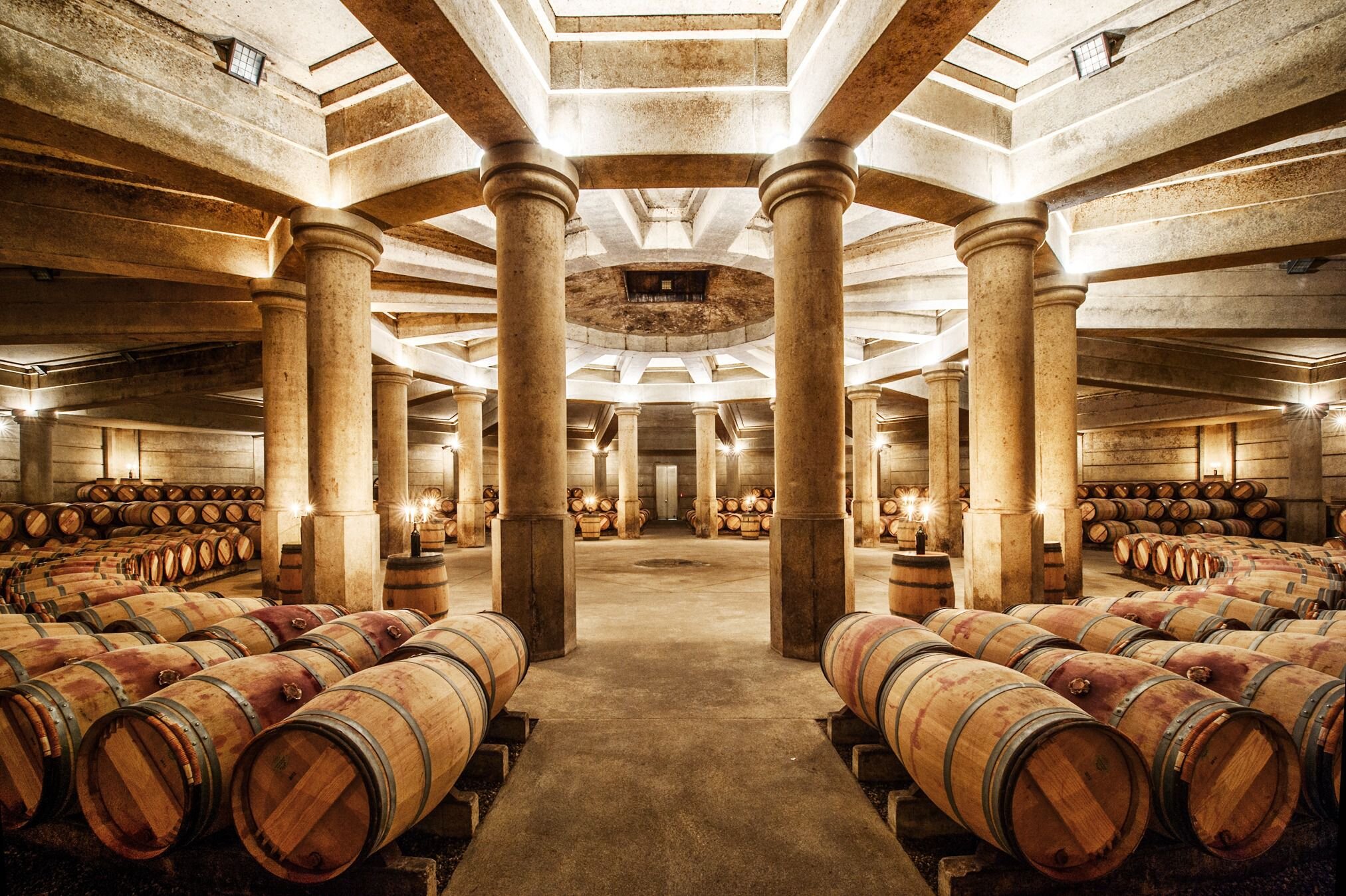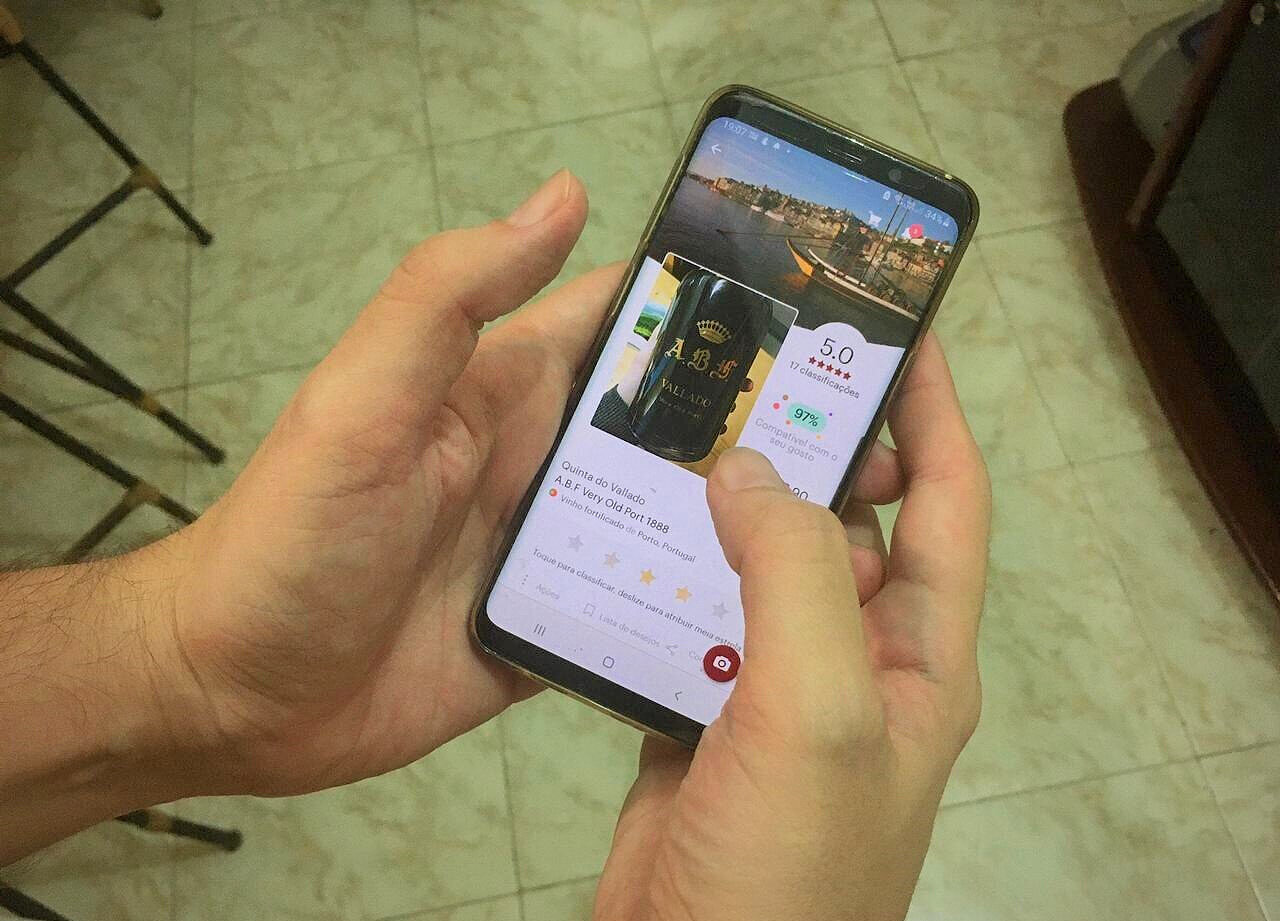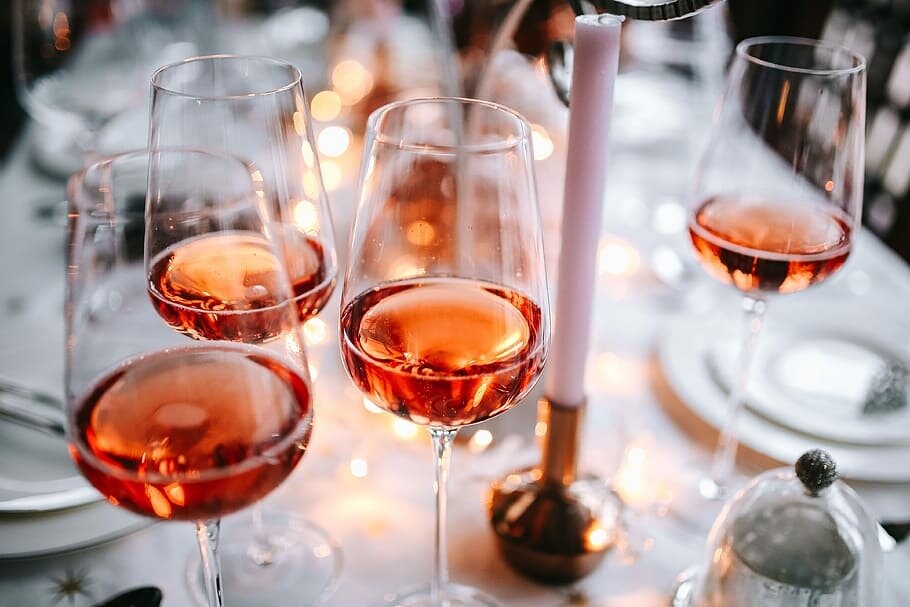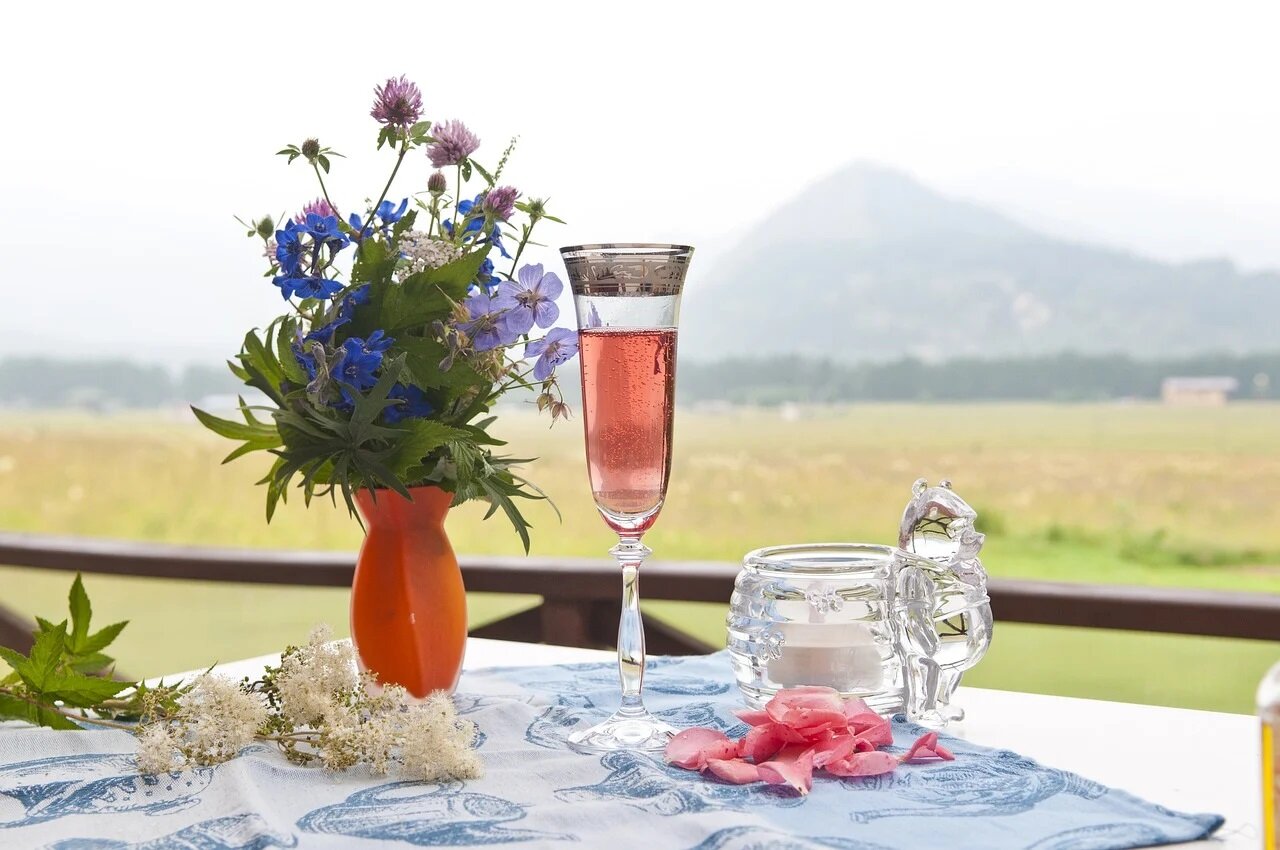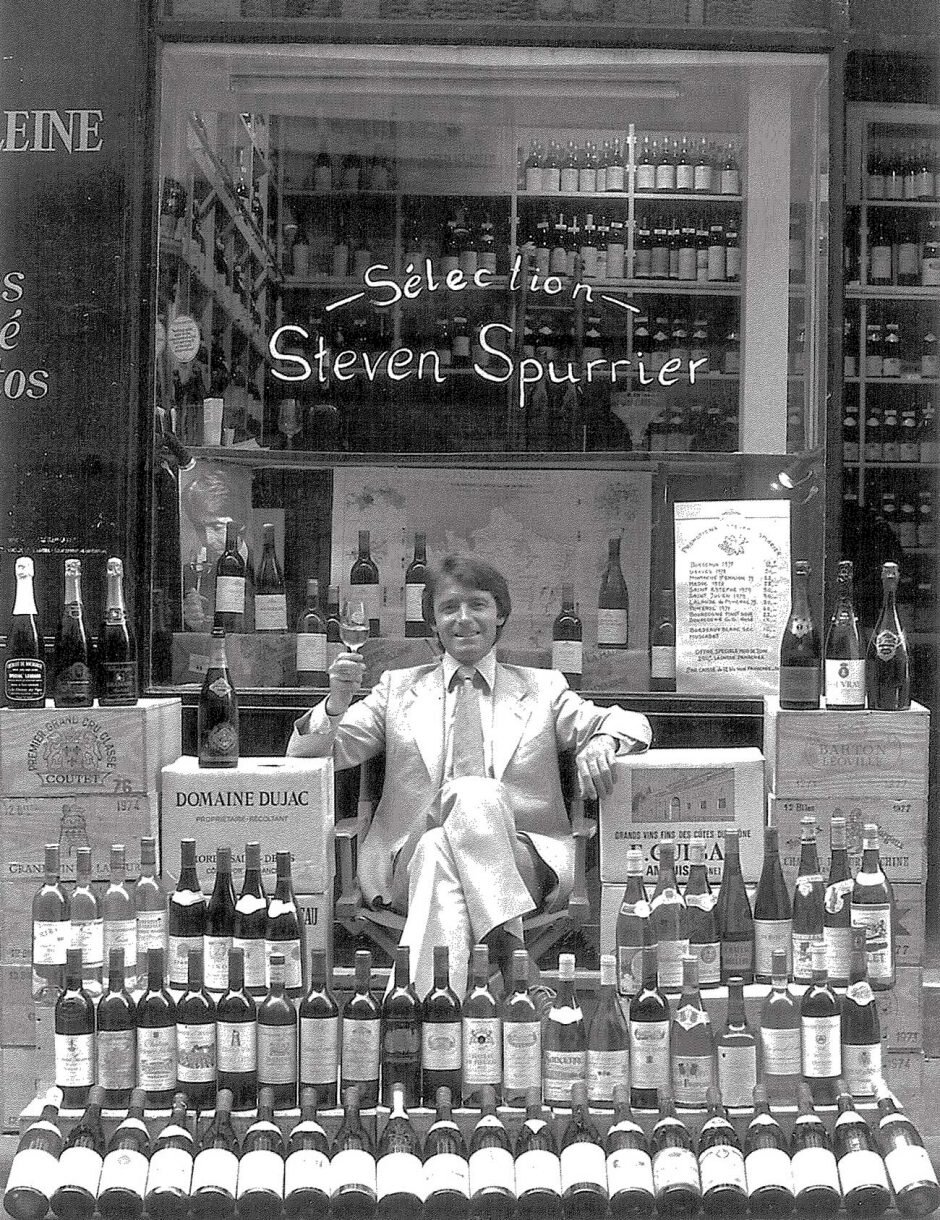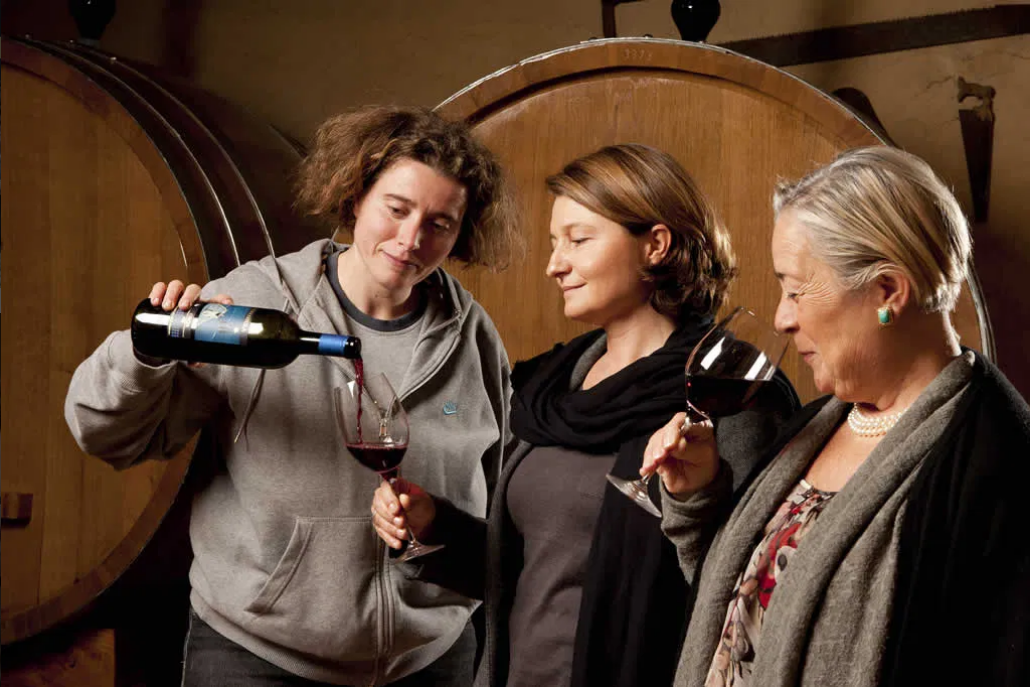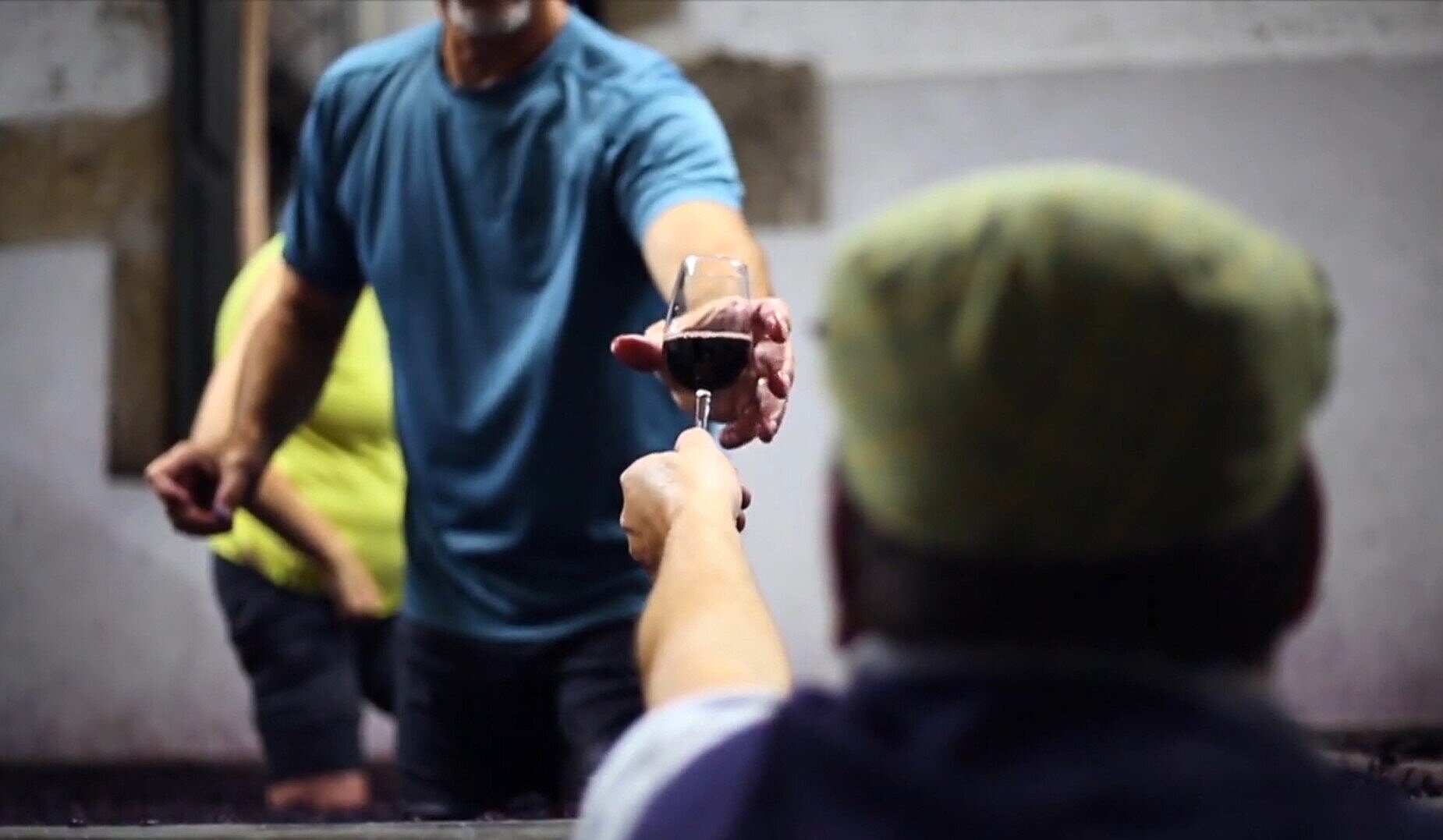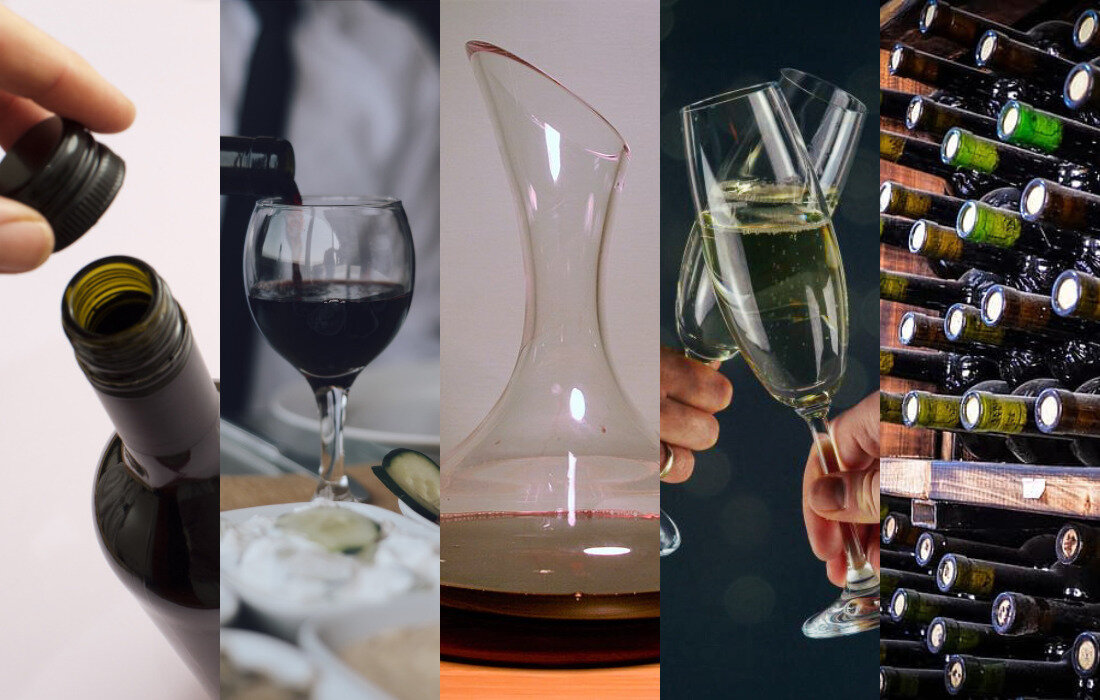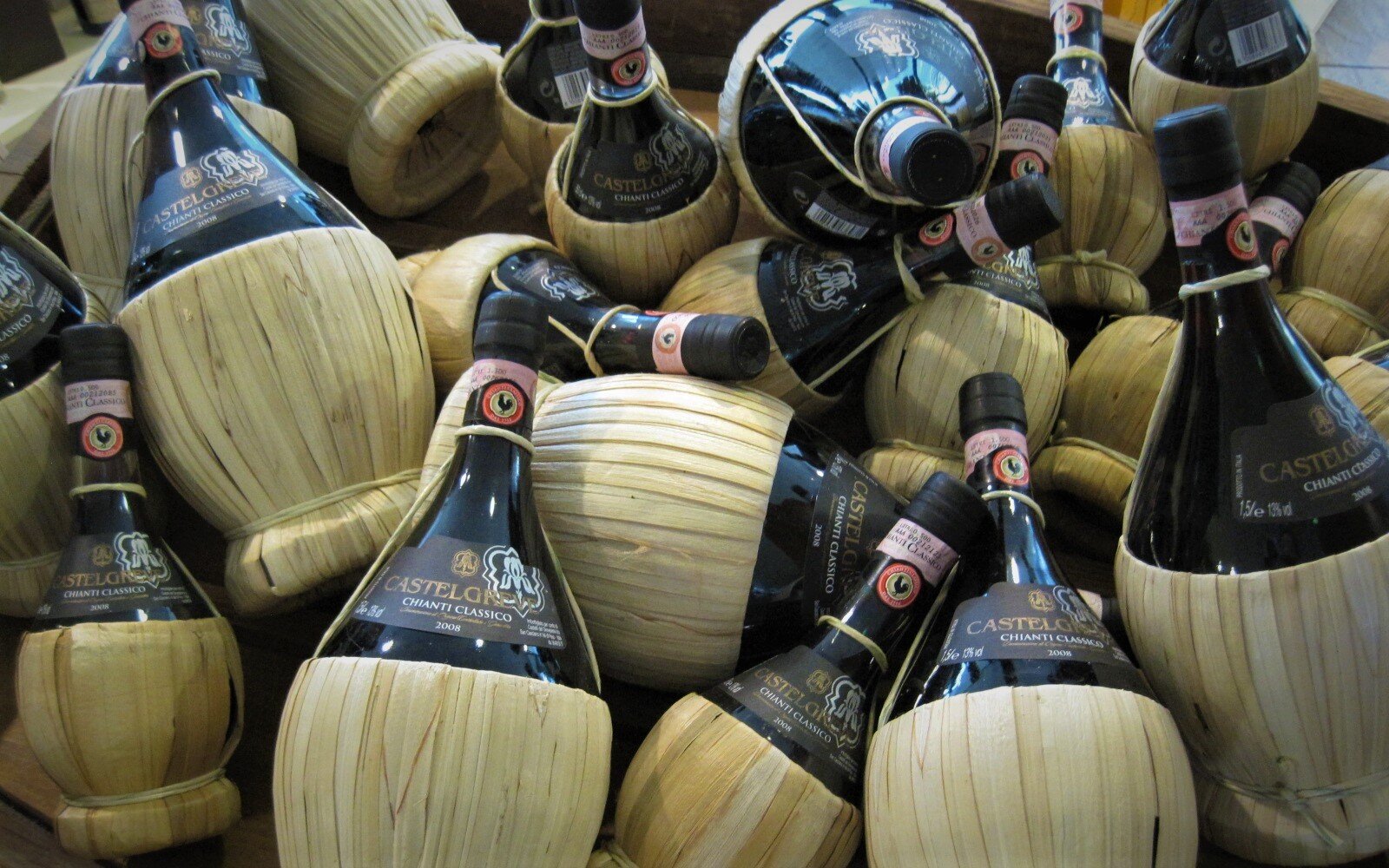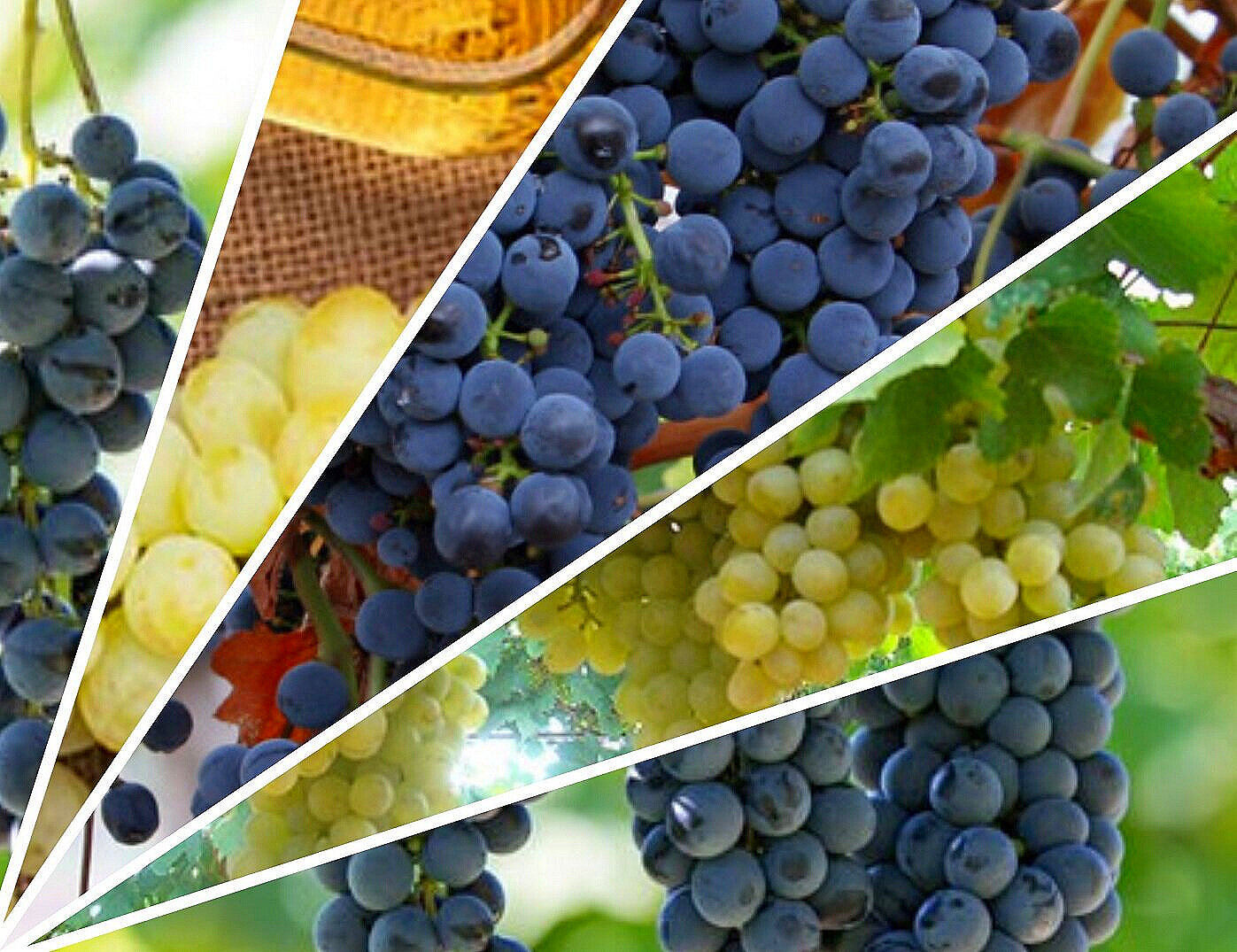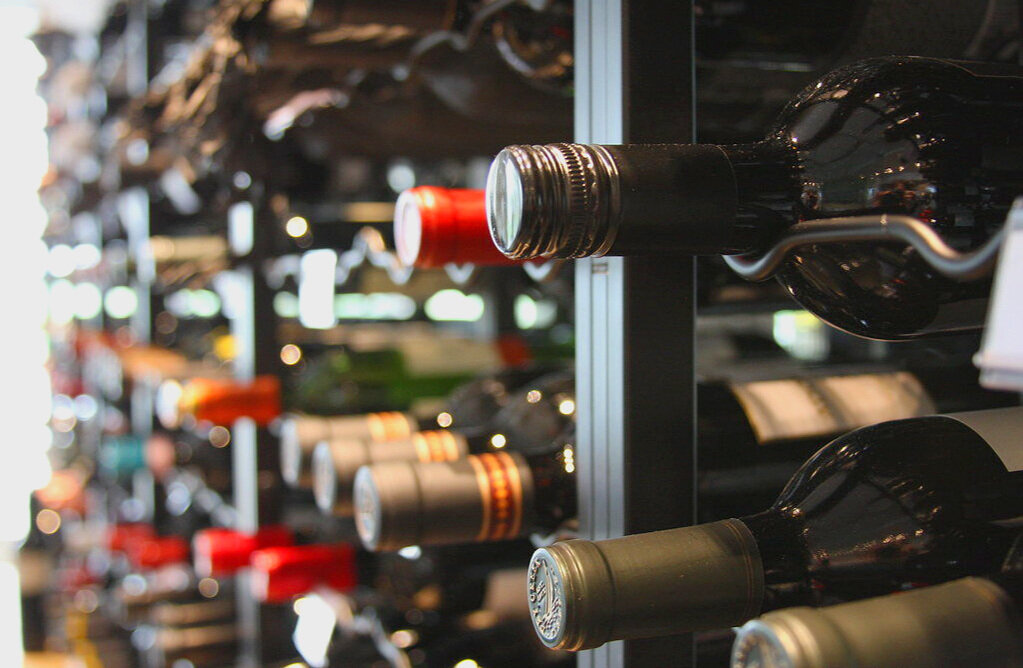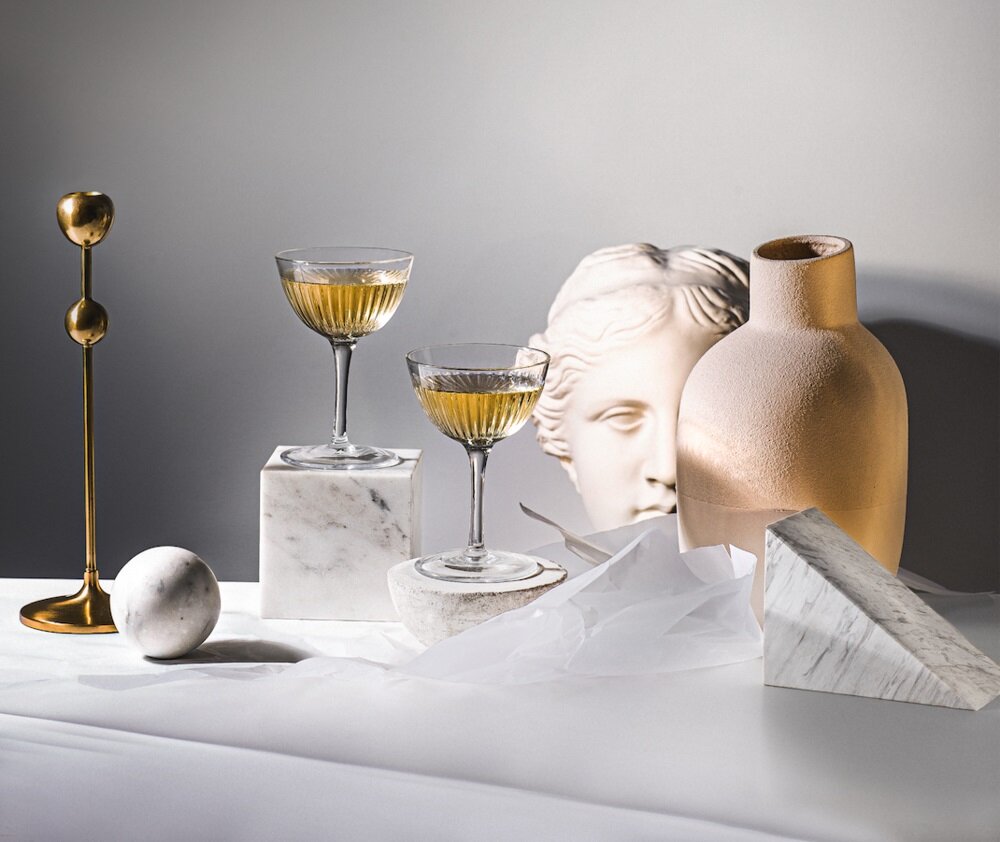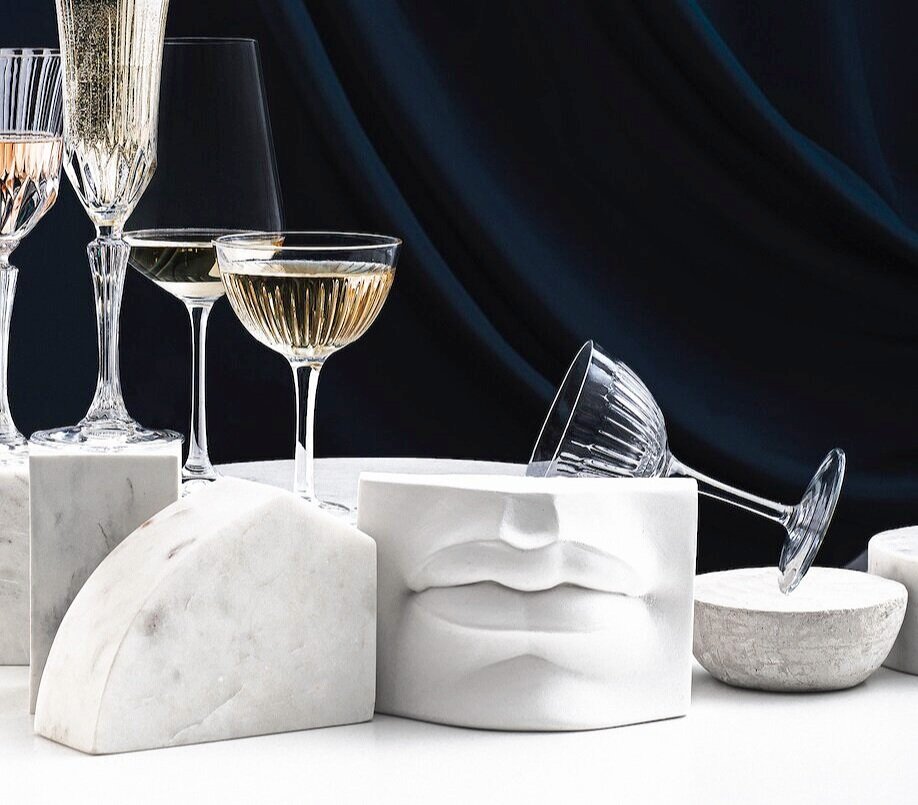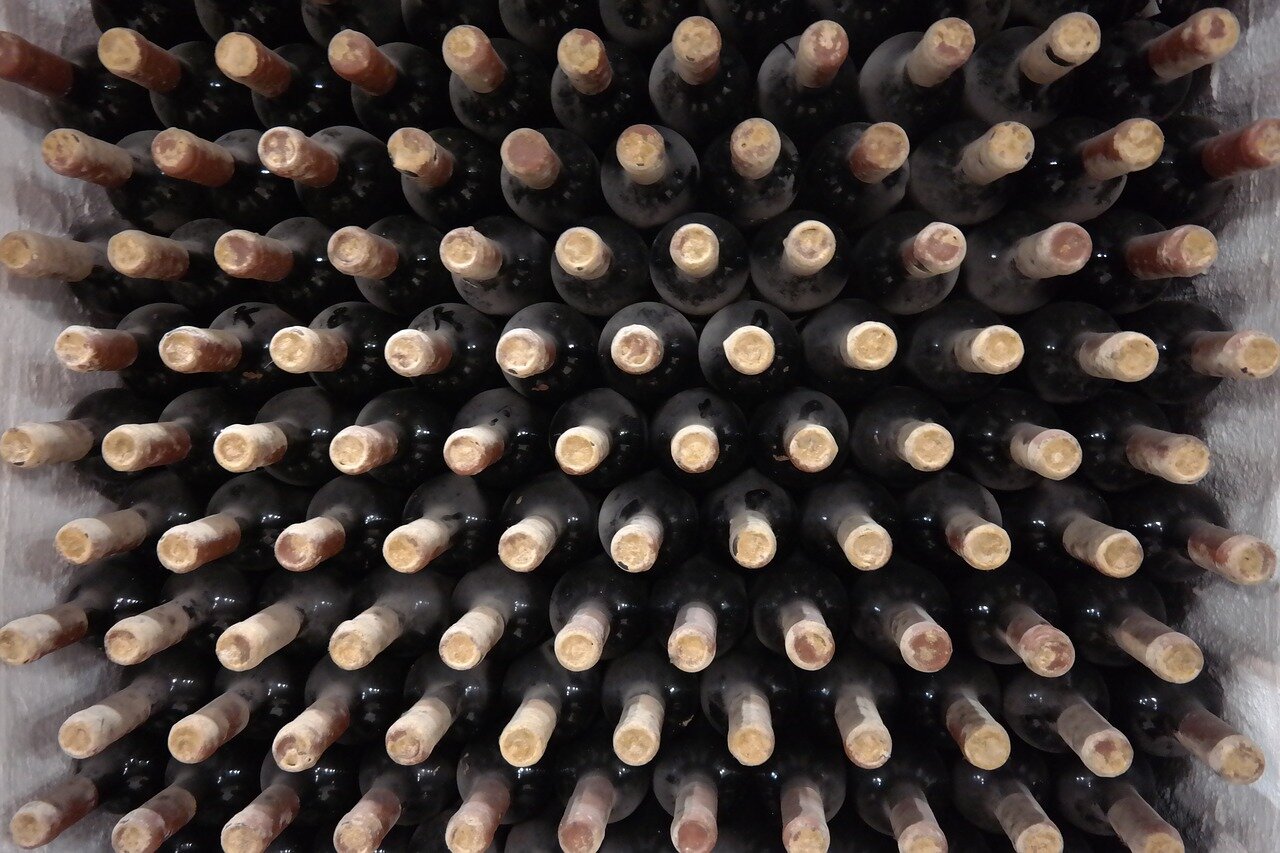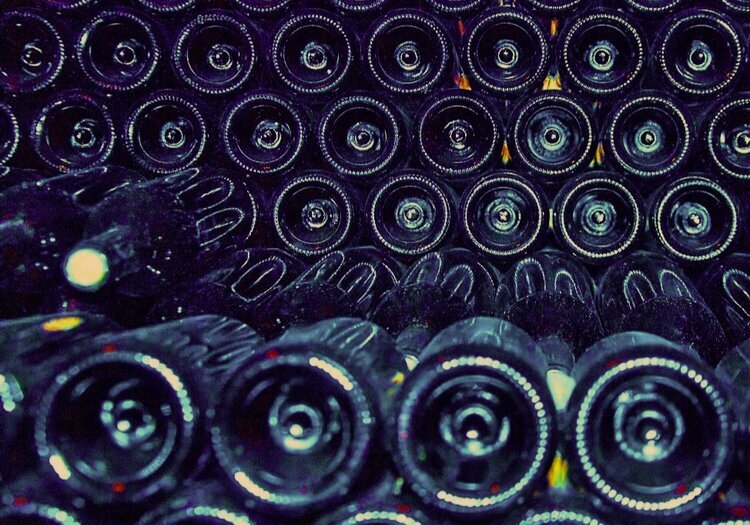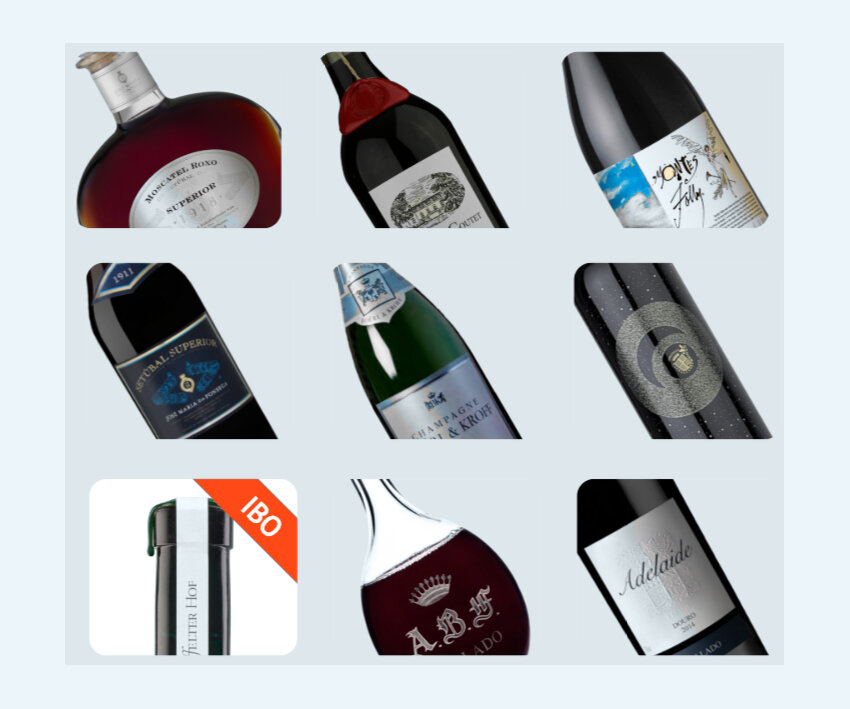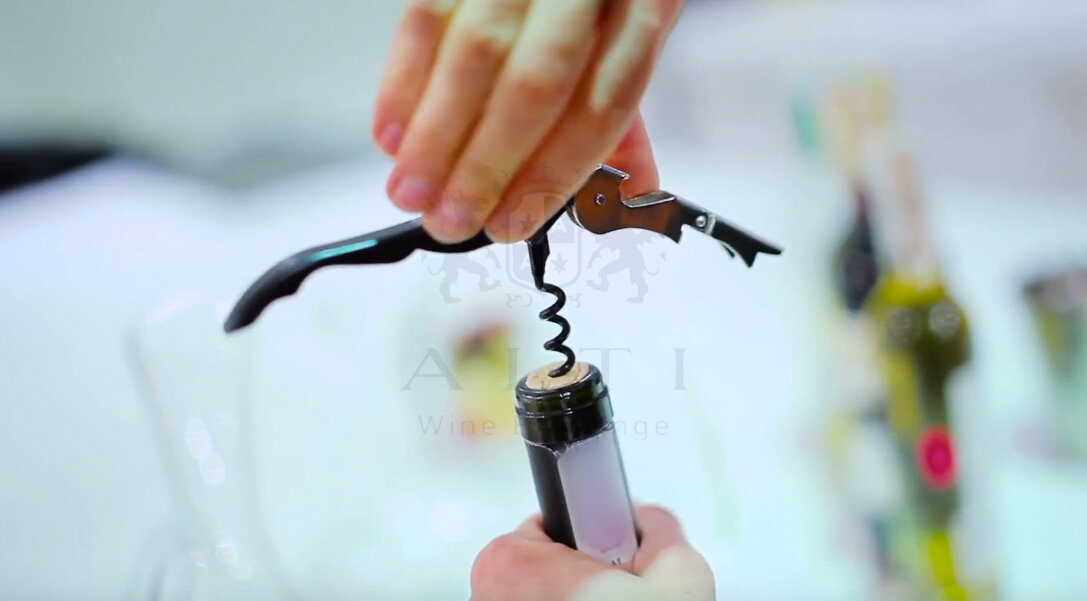

Hellenistic mosaics near the city of Paphos depict Dionysos, god of wine
Hi, dear reader. I’m Breno, bringing you some nice wine trivia!
You may know a lot about wine, its grapes, production, tasting, pairings and more. That’s something we usually talk about here in our blog.
Today, I want to show you a glimpse of how diverse and interesting wine world can be. So here are ten wine curiosities you possibly didn’t know.
From the oldest winery to the most expensive bottle and even ‘rotten grapes’, this trivia will make you want to learn even more.
There are topics on wine history, wine investment and even on health benefits that will make you feel like opening a bottle for the reading. Or, if you want to join us, investing in fine wine as well!
The oldest winery in the world is in…


Areni-1 has the world’s oldest known vestiges of a winery (photo by Serouj on WikiCommons)
Armenia!
While wine history could likely trace back to millions of years ago, the officially oldest known winery in the world is situated in a cave in the mountains of Armenia.
With estimated 6.100 years old, the Areni-1 winery was discovered between 2007 and 2010 and consisting of fermentation jars, a cup, press and bowl, and probably produced gallons for funerals.
We at Alti Wine Exchange have the great pleasure of offering the current best wine from the oldest known active winery in the world, in Germany: the Riesling Beerenauslese Kröv Steffensberg 2007, from Staffelter Hof – which is also one of the oldest companies in the world, dating as far as 862 AD. It’s certainly one of the best wines for investment out there.
(READ MORE: The Caucasus and the beginnings of winemaking)
Ancient Greece? Roman Empire? No, thank the Phoenicians
Speaking of history, the oldest bottle (still) presuming to contain liquid wine is also from Germany: the famous Speyer bottle, produced by Roman settlers between 325 and 350 AD and found in a tomb.
It was found in the 19th century alongside other bottles, being the only one still unopened. You can visit it at the Historical Museum of the Palatinate in Speyer.
Meanwhile, we all know how the Romans and the Greeks were heavily linked to wine, dedicating the respective gods Bacchus and Dionysus to it. However, did you know that who spread wine across the Mediterranean were actually the Phoenicians?
Yes, they cultivated grapes for winemaking and spread the word (and the liquid) around the 10th century BC, introducing it to the ancient Greeks, who later inspired the Romans and their love for wine.
What did wine taste like thousands of years ago?


Galla Placidia (390-450), daughter of Roman Emperor Theodosius I, in captivity
In vino veritas. Pliny the Elder’s writings from Pompeii, devastated by the Vesuvius eruption in 79 AD, showed references from early winemaking by the Romans.
Long story short? It’s hardly comparable to wine that has been produced in modern times.
Grapes in ancient Rome weren’t as sweet as today’s grapes. Also, the fermentation process ended with clay or resin-infused flavor (due to its pot-sealing process). Experts say the resulting wines were robust, low in alcohol and somewhat unpalatable (by today’s standards). The Romans would usually add honey, spices and dilute it with seawater, resulting in the refreshing Mulsum, which is said to taste like a punch.
Oh, do you recall the oldest winery in the world that I had mentioned above? According to Gregory Areshian, co-director of the excavations at Areni-1, the early wine produced in the Armenian cave seemed somewhat comparable in taste to unfiltered merlot.
The population that consumes most wine is…
The Vatican!
Wine Club releases, initial bottle offerings and direct investment on our marketplace
Not quite expected this one, right? But well, statistics are a thing.
The Vatican is country with the biggest wine consumption per capita, nearing double the amount consumed by the Italians and the French: 74 liters a year (or 105 bottles), according to recent Wine Institute statistics.
Apart from the fact that it has less than a thousand inhabitants, Vatican City is mostly populated by residents of elder age, highly educated and who have in wine a ceremonial religious function.
Easily distortable, but yet a fact!
Going once, going twice… this is the most expensive wine bottle ever sold
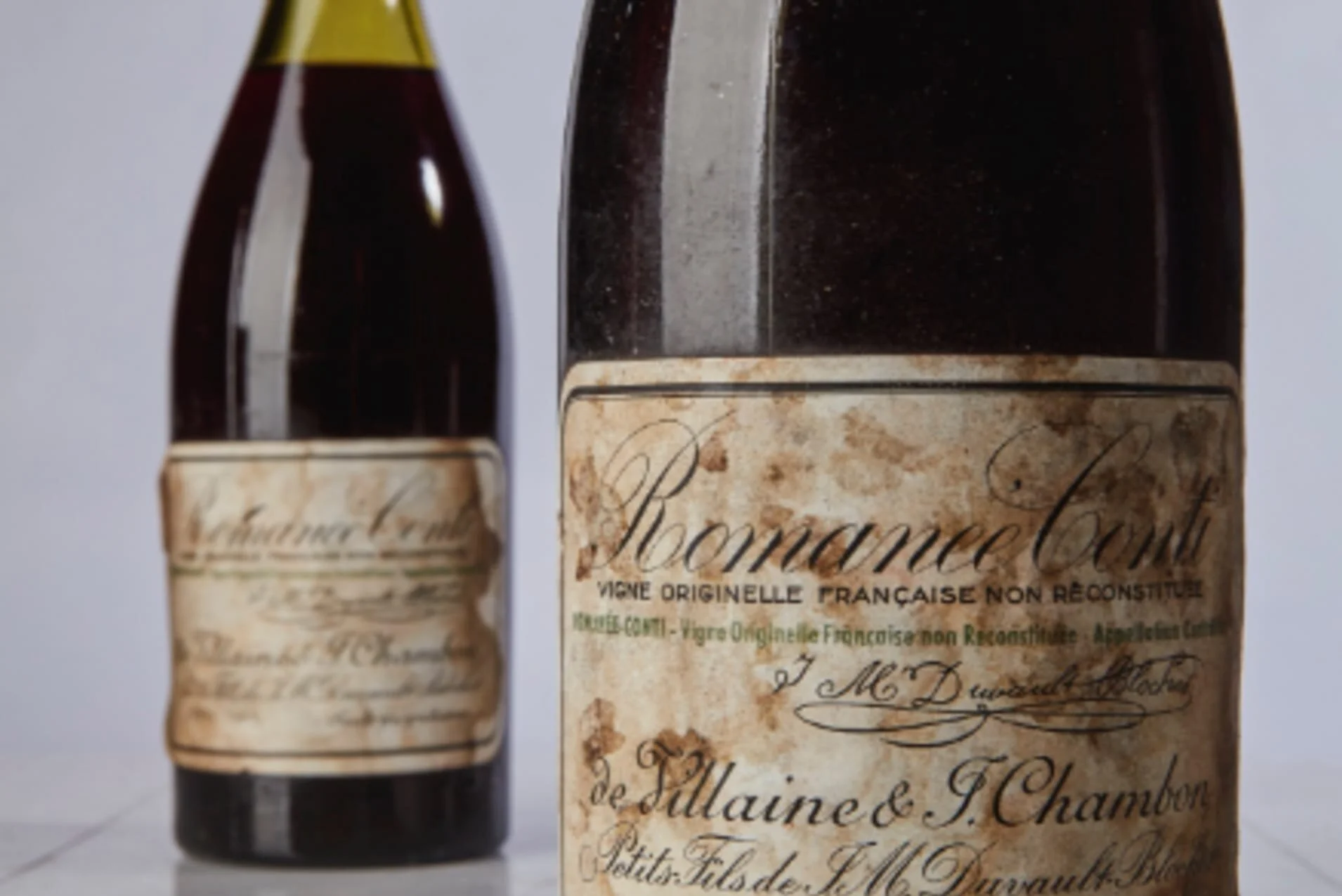

Would you pay US$ 558.000 for this 1945 Romanée-Conti? It happened in 2018. (Photo by Sotheby’s)
When it comes to investing in wine, Romanée-Conti is the titleholder. In 2018, an auction at Sotheby’s broke every possible record with bottles of the ultra-rare 1945 vintage of this Burgundy. The highest bid for its bottle fetched US$ 558,000 – 17 times more expensive than the auctioneer’s upper estimate of $32,000.
Surprising enough? Just minutes later, a second bottle of the same vintage was sold for $496,000. And then (wow!), three bottles of the 1937 were then sold for $310,000 each.
For those who are not aware, Burgundy wines (and Romanée-Conti, consequently) make up for the most sought-after collectible bottles in the world. Its eponymous 1945 vintage is also famed for its rarity because only 600 bottles were produced out of it, and its vines were pulled up for two years to be replanted back then.
Meanwhile, Alti Wine Exchange is always working on bringing the next most collectible bottles, such as a Port wine from 1888 and two Moscatels, from 1911 and 1918.
Très bien.
(READ MORE: The most expensive wines in the whole world)
Very few wines are actually meant to be aged
Many people may think the majority of wine is made to be aged. Actually, it’s quite the opposite. Some experts claim only up to ten percent of bottles in fact benefit from aging, whilst most should be enjoyed within five years.
Only high-quality, fine wines can mature for years, keeping their original qualities and adding even more flavors over time. Aging potential also adds lots of value when it comes to wine trading. We explain this better in this exclusive article.
At Alti Wine Exchange, we offer this exact kind of fine and rare wines through our initial bottle offering (IBO) procedure. We work with producers to source acclaimed bottles at an offering price which is negotiated to guarantee you get the best price available in the market. The investment-grade wines we make available in every IBO are meant to be kept for many years in your portfolio or collection. Invest now, will you?
Oh. And if you also want to get fantastic wines for the short term, also sourced straight from producers with the best price available, you can request access to our Alti Wine members’ club. It’s free to join!
During Prohibition, wine bricks saved the US wine industry
American winemakers who wouldn’t abandon the production in their vineyards during Prohibition managed to evade the law and make significant money with an ingenious way of making their customers (somewhat happy): making wine bricks.
Yes, wine bricks.


“DON’T let it fermentate. It will become wine. Don’t do it, okay? Oh, you did it? Too late, then…”
Since the law back then stipulated that grapes could only be grown and processed for non-alcoholic consumption, there was an interesting loophole to be explored. Using bricks of (legal) concentrated grape juice, producers could keep selling their products with a little help from customers.
The packages of these wine bricks had notes with, for example, warnings on NOT to leave the dissolved brick in a cool cupboard for 21 days – otherwise it would turn into wine, which was technically illegal. Others would even include the “flavor”: Burgundy, Riesling, Port, Sherry? Your choice. All completely legal if you followed the instructions on what NOT to do or on how to avoid fermentation.
VinePair has the full story on how this is usually credited with having saved California and US wine industry back then.
Protect it from pests, but a certain fungus can be very welcome
If you love “moldy” cheeses such as gorgonzola and roquefort, you certainly won’t be that much scared of what I just said. Apart from the fact that a certain fungus is not present in the bottled wine, but played a huge part in its making.
Yes, I’m talking about noble rot. Also known as a rare good infection by the Botrytis cinereal fungus.
Certain grapes, when exposed to drier conditions and are infected by this fungus, become naturally and partially raisined. This rare positive rotting allows these grapes to produce particularly fine and concentrated sweet wine.
The Riesling Beerenauslese Kröv Steffensberg 2007, our abovementioned IBO, is a great example of how the noble rot can help producing an extraordinary fine wine vintage!
Women are the better tasters
Much has been debated about different perceptions on wine tasting between women and men. The scientifically proven fact is: indeed, women are better tasters than men.
American and Brazilian researchers found a few years ago that women have, on average, 43% more cells in their brains’ olfactory bulbs than men. This adds up to a long discussion about palate and the debate on whether women carry a genetic advantage on wine tasting.
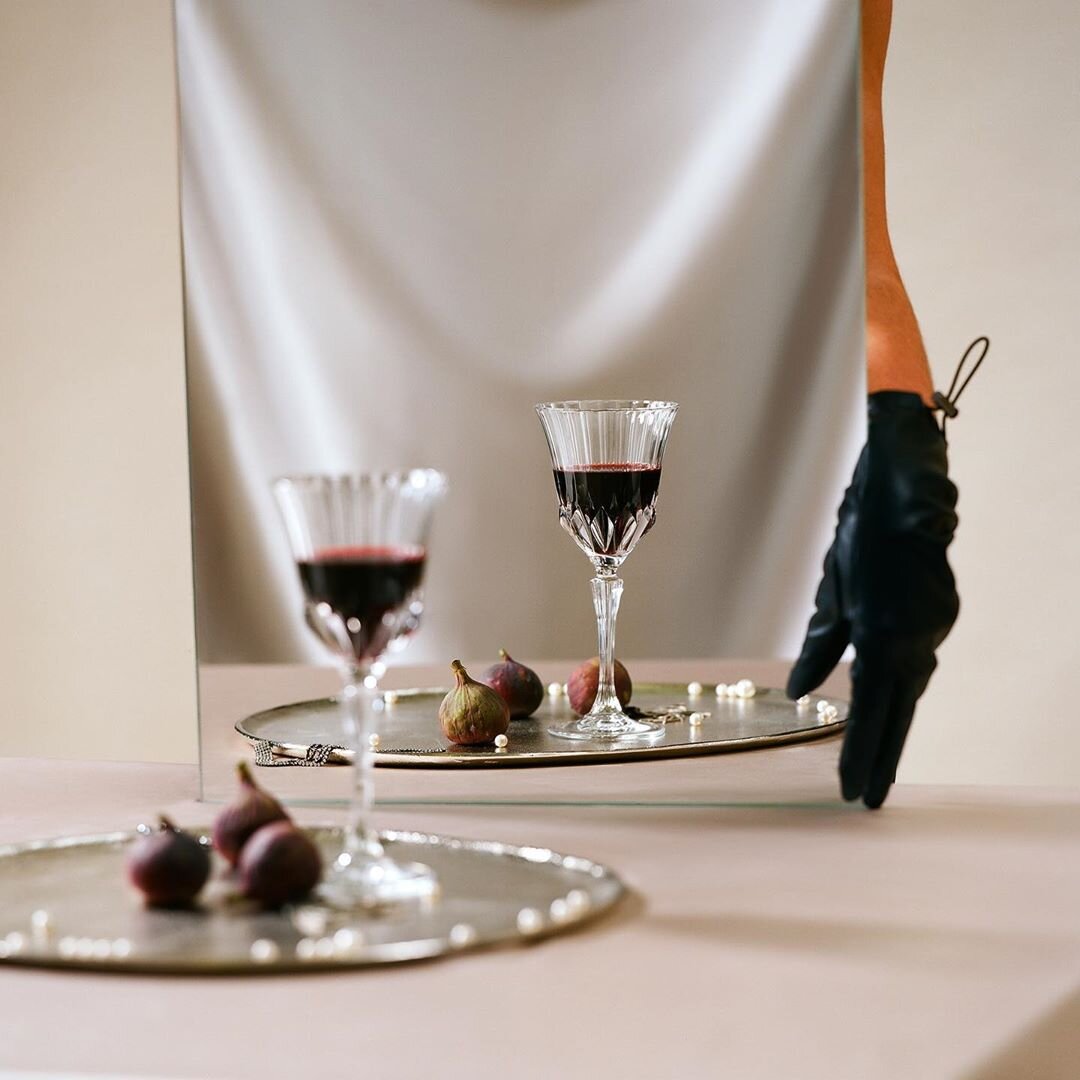

Women for the win (Alti Wine Exchange exclusive)
Recent research works have also shown better judgement by women specifically on characteristics of wine, while men have displayed more emotionalized responses on their descriptions and evaluation of tasting.
(A toast to women such as the producers of our first Italian IBO, the IoSonoDonatella!)
Bio-eccentricity
Have you ever drank organic wine? What about biodynamic? If you haven’t, nor know anything about, one is different from the other.
While organic wine is merely produced with organic grapes (Alti Wine Exchange is listing the unique Chateau Coutet Cuvée Emeri, the oldest organic vineyard in St. Emilion!), biodynamic farming takes it to another level, viewing the vineyard “as one solid organism”, in which “the ecosystem functions as a whole, with each portion of the farm or vineyard contributing to the next”, as VinePair reports.
Biodynamic winemakers, in practical terms, have been famously referred for unusual practices such as planning their harvests around the lunar calendar and burying cow horns full of manure during winter to later fertilize the soil. Not necessarily scientific, but always relying on natural balance.
Given the combination of lack of pesticides and the use of farming practices that favor the well-being of nature, VinePair suggests biodynamic wines may have a higher-quality taste profile than other wines.
***
Bonus:
You probably read so many times about the probable health benefits of drinking red wine. We also briefly explained its known benefits (and some of them could even extent to white wines, according to some studies!) in a recent blog post. However, moderate consumption is always the key. Don’t go around drinking a bottle a day, for God’s sake!

